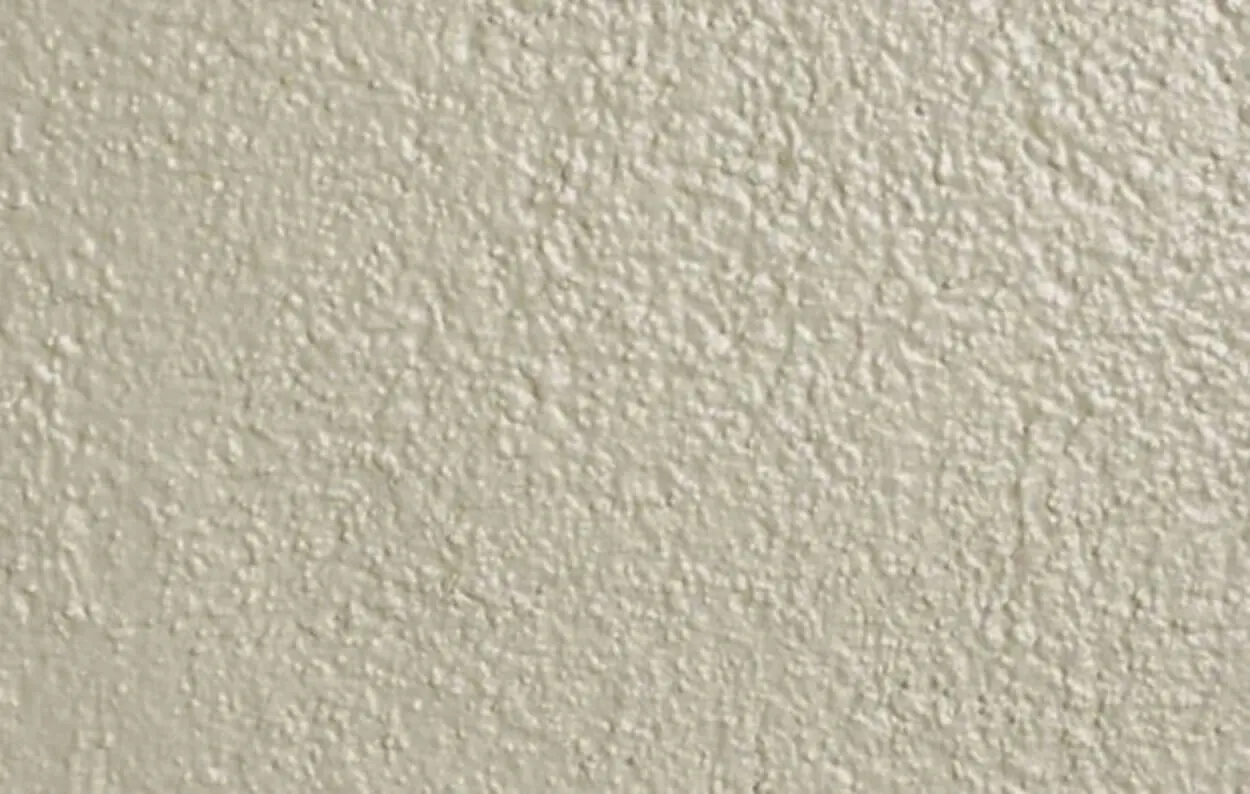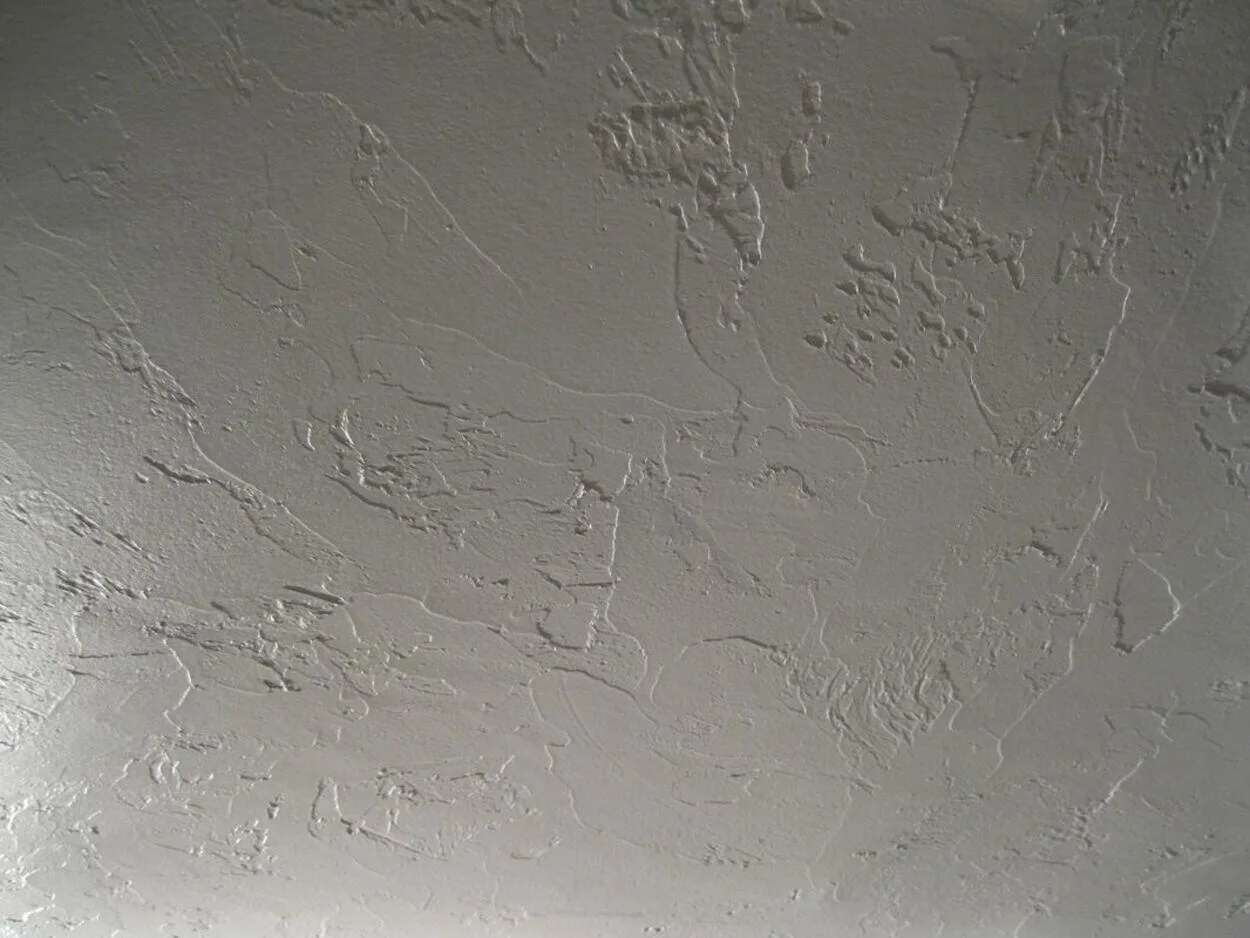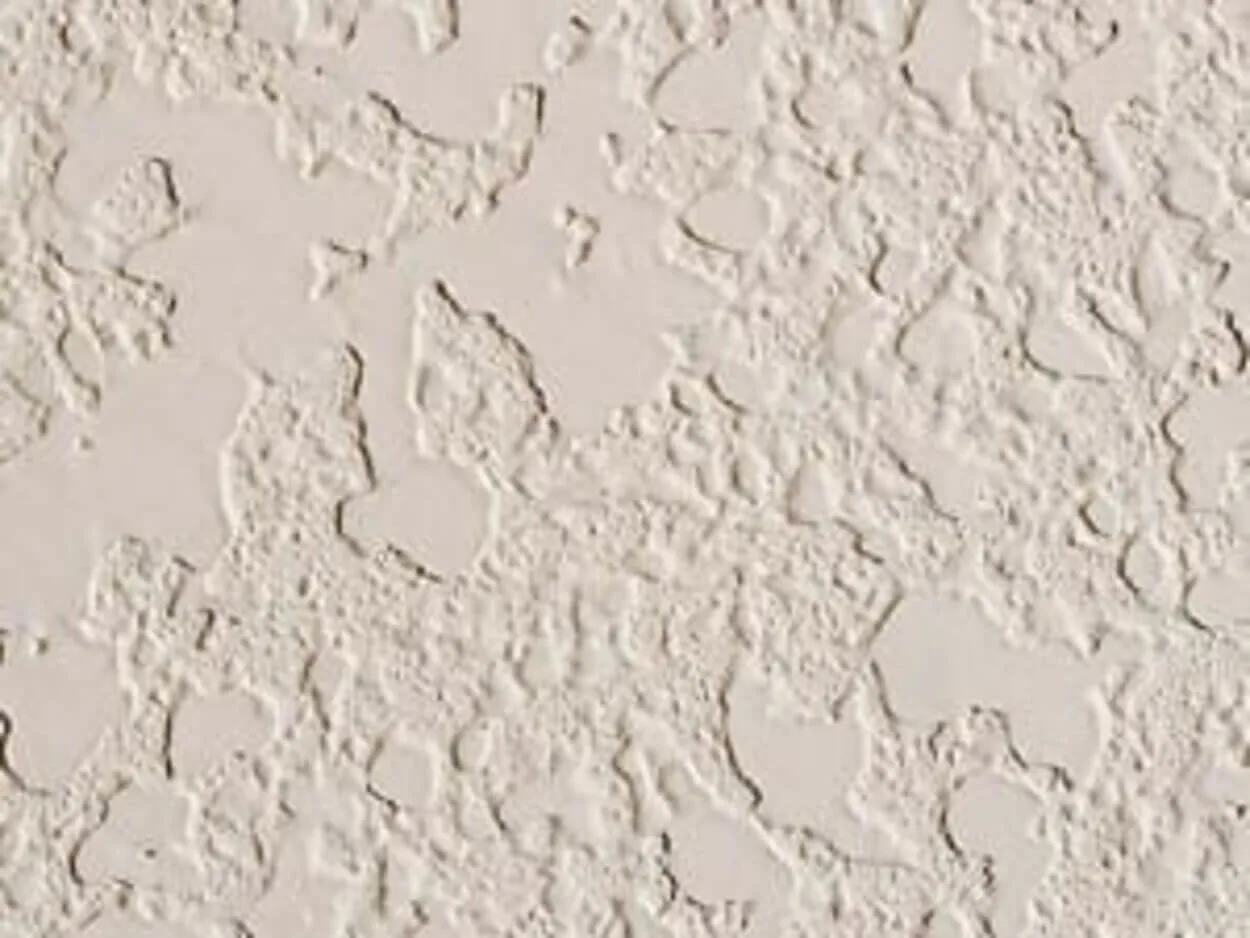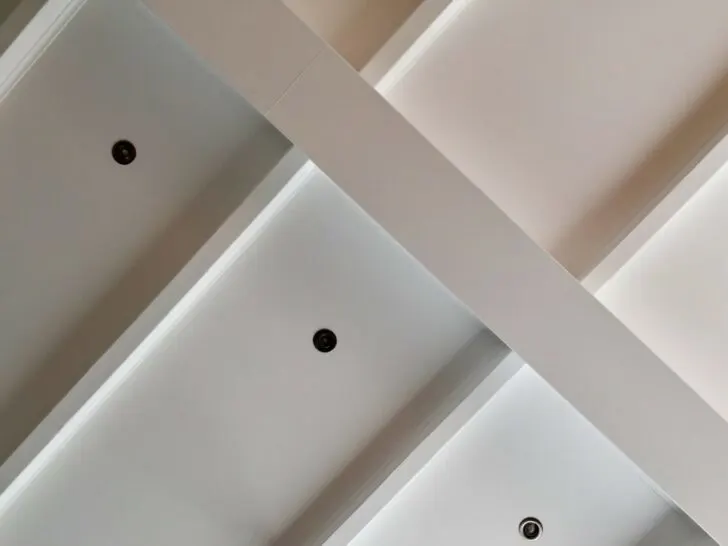Interior décor can be a huge pain. Choosing the right type of ceiling, paint, and furniture can be overwhelming for someone just starting.
This article will focus on the different types of ceiling textures you can find, and some noteworthy traits about each.
When designing your new home, you may often be asked to choose between textured or smooth ceilings.
To help you make the right decision, we have come up with a list of ceilings that will align with your home design and budget and we’ll make a quick comparison between textured and popcorn ceilings.
What is a textured ceiling?
A textured ceiling is one with a certain type of design on it that is used to hide the imperfections of the ceiling.
There are numerous textured ceiling designs available which are briefly discussed below:
Orange Peel Ceiling
An orange peel pattern on ceilings and walls refers to a slightly bumpy texture, similar to how it would feel if you glued thin orange peels on the ceilings.
It has gained popularity recently due to its visually appealing aesthetics and ease of application. You can easily achieve this soft yet bumpy design on your ceiling by spraying a drywall compound.
This pattern is a perfect match for light colors, but it’s difficult to clean, making it unsuitable for bathrooms and kitchens. It is also very cheap to apply, costing between $1.50 per square foot, which includes the cost of labor and materials.
However, hand-applied textures can cost up to $2.00 per square foot and require more skill, experience, and time. This means that it should cost roughly $840 to texture 500 square feet (HomeAdvisor, 2022).

Swirling Ceilings
The swirled look is both beautiful and unique and is popular in many high-end homes. They are made by “swirling’ a sponge through the drywall compound before it sets, leaving behind a half-circular pattern.
It used to be very popular back in the 1950s but has seen a rise in modern houses. This is because the swirls provide some depth to the ceiling, thus tricking the eyes by making the room look bigger.

Skip Trowel Ceiling
Arguably the easiest and cheapest ceiling texture, the skip trowel combines elements from both smooth ceilings and an orange peel ceiling. It is popular for its somewhat rugged look and adds a classy yet subtle feel to your ceiling.
A skip trowel design is applied by using a trowel to spread a compound made of coarse sand and joint compound, leaving some parts bare and others fully covered.

You can hire professionals to do it, but if you are a DIY fan, you can easily attempt a skip trowel design by following this handy guide:
Knockdown Ceilings
The knockdown design is the most common drywall texture style and is also known as the California knockdown or splatter drag. It is similar to the skip trowel structure and is a slightly more voluminous version of the orange peel design.
However, it has a very subtle design, meaning it is also popular. A knockdown structure is made by spraying a watered-down drywall compound, which leaks down to make “stalactites.”
Once these stalactites dry up, they are scraped away, resulting in a knockdown ceiling design. While it is relatively cheap, extra labor must be hired for the scrapping.

Smooth Ceiling
Alternatively, you can go for a smooth ceiling, which makes the room look more modern and spacious. In addition, smooth ceilings are easier to repair and repaint.
However, a smooth ceiling is usually more expensive compared to textured ceilings and is vulnerable to spots and blemishes. Extra labor is typically required to skim the entire ceiling with drywall mud, and then sand every square inch of the ceiling.
A smooth ceiling is ideal for living rooms and offices, but not for playrooms or game rooms, as any impact on the ceiling can leave a dent. In addition, unlike textured ceilings, smooth ceilings do not provide sound-deafening properties, which can be important for those people living in an apartment or multi-storey houses.
In contrast, textured ceilings are cost-effective to set up, but are expensive to remove or adjust later. They can hide blemishes, dents, and poor workmanship easily, and can give a unique sort of feel to the room. They also provide sound-proofing capabilities to people who may need them.
However, many textured ceilings are considered outdated, and older textured ceilings could contain asbestos.
Further, Princeton University found that asbestos is a generic term used to describe any of six naturally occurring fibrous minerals. These fibers, when inhaled, can cause damage to the lung which can lead to diseases such as asbestosis (or the scarring of the lung tissue) and lung cancer.
According to a recent study, it is wise for asbestos removal contractors to examine and implement the efficacy of exposure controls for removal projects.
In the end, what matters more is your personal preference, and you can always consult a professional for a second opinion.
What about the popcorn ceiling?
Popcorn texture (also called cottage cheese) was a popular style back in the 1990s, as it was the most inexpensive way to make a ceiling look symmetrical.
Many people have referred to this style as ‘lazy’ and ‘unattractive’, with new homeowners paying large amounts to have it removed.
Popcorn ceilings were implemented because they are easy to add and cheap too. Popcorn ceilings can hide flaws such as leaks, cracks, and poor workmanship, and can reduce noise coming from upper floors.

What is the problem with Popcorn Texture Ceiling?
The main problem with popcorn texture is that it’s hard to clean.
Small craters accumulate dust, smoke, and cobwebs, meaning cleaners often accidentally remove the texture while attempting to clean this. This could lead to the release of asbestos, which is incredibly harmful to your health.
According to WebMD, some symptoms of overexposure to asbestos include:
- Feeling like you can’t get enough air
- Wheezing or hoarseness
- A lingering cough that gradually gets worse
- Coughing up blood
- Pain or tightness in your chest
- Trouble swallowing
- Swelling in your neck or face
- Loss of appetite
- Weight loss
- Tiredness
- Anemia
While the popcorn design is a type of textured ceiling, it is often mentioned separately due to its lack of popularity compared to the swirled, skip trowel, and even orange peel designs. This could be related to the fact that the popcorn design often comes with life-threatening chemicals.
In addition, these ceilings are very hard to paint over, often leading to an inconsistent look where some parts are not painted. This can be stressful, especially if you redecorate frequently.
It can cost up to $2 per square foot to remove the popcorn design, and it’s a very intensive DIY project to attempt alone. Therefore, it is recommended that you first check for traces of asbestos through a lab, and then hire a professional to do the work.
Summary
Overall, the main difference between a textured and a popcorn ceiling is that the latter usually contains asbestos which is undoubtedly dangerous to your health.
With that said, it is important to conduct a thorough investigation before choosing any ceiling design. It is best to consult experts for the best results and to ensure safety.
I hope this article has enlightened you about the differences between textured and popcorn ceilings.
Other Articles:
- Grand Piano vs Pianoforte
- Low Heat vs Medium Heat vs High Heat in Dryers
- What’s the difference between a gang and the Mafia?
Click here to learn more about these different types of ceilings through this web story.

